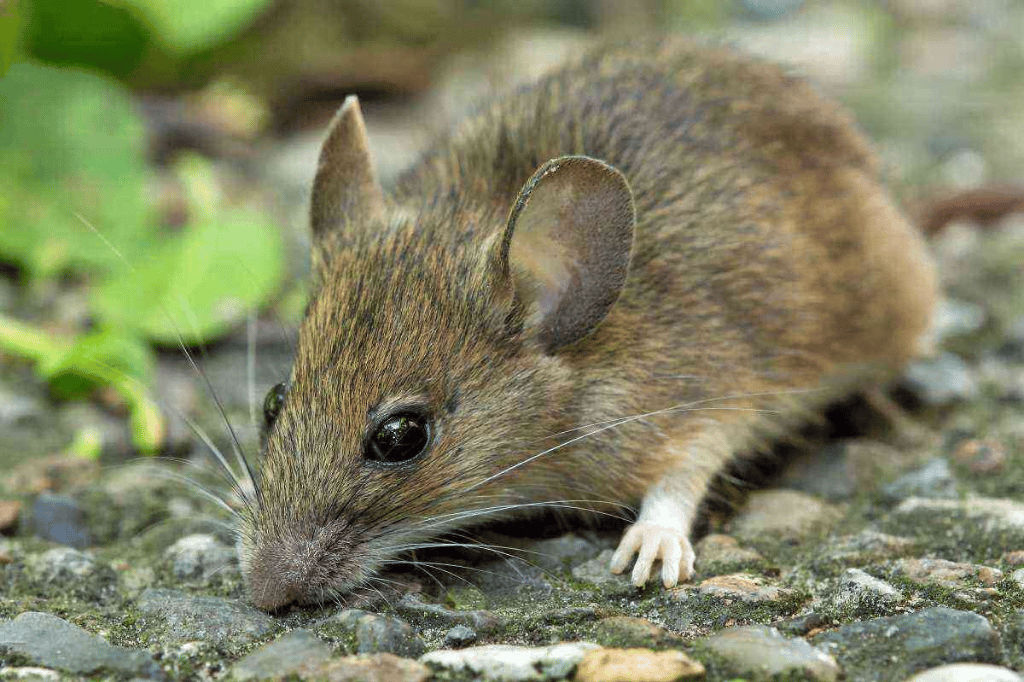While humans continue to discuss causes (there are those who deny the influence of man after 150 years of testing), effects and possible solutions to constant global warming, animals have fewer thoughts. Only two: die, or adapt.
Some species are probably already doomed, but new research of the Deakin University in Australia indicates that many others are literally changing their shape and biology in a last ditch effort to survive.
Climate change, shape change
This "shape change" described by Deakin's research team, as mentioned, is very rapid. It includes animals that develop longer legs, larger beaks and even larger ears, in the hope of continuing to thrive in an increasingly warm environment.
“When climate change is discussed in the media, people ask 'can mankind overcome it?', or 'what technology can solve it?'” the researcher says. Sarah Ryding in the press release announcing the study results. “The time has come to recognize that animals must also adapt to these changes, but this is occurring in a much shorter time frame than would have occurred during most evolutionary time.”
Dramatic transformation: the study
Published in the September 7 edition of the journal Trends in Ecology and Evolution, the study finds that climate change itself is an ever-evolving phenomenon. For this reason the team was initially reluctant to link such rapid changes in animal physiology to this cause. However, as the press release points out, “these changes occurred across large geographic regions and across a wide range of species. Things that have very little in common with each other. Apart from climate change."
The steadily rising temperature, the researchers indicate, has forced animals, particularly warm-blooded ones, to adapt their physiology to the changes taking place around them.
To confirm this trend, Ryding and his team focused on birds, where the greatest amount of anecdotal shape changes have been observed.
Birds are an avant-garde
First, the team found that several Australian parrot species had shown up a 4% -10% increase in beak size since 1871. This is a significant increase in just 150 years, the research paper indicates, which has been “positively correlated” with summer temperature each year. Climatic increase in temperature, increase in the size of the beak.
This same correlation has also been noted among North American dark-eyed juncos, a type of small songbird. In their case, heat peaks in cold environments correspond to the increase in beak size. The study authors also found temperature-related changes in some mammal species, including “reported increases in tail length in wild mice.”

Not all changes are positive
In her next phase of research, Ryding will firsthand investigate shape change in Australian birds. It will also analyze 3D scans of specimens kept in museums. This effort, he says, will give his team a better understanding of which birds are changing shape due to climate change and what is causing this phenomenon.
In concluding the study, the researchers also point out an important factor. Yes, these animals show adaptations that can improve their chances in an ever-changing environment. This however it does not mean that such changes will be enough to guarantee their survival.
Shape-shifting does not mean that animals are coping with climate change and that all is 'fine'. It just means they are evolving to survive. We are not sure what the other ecological consequences of these changes are, or indeed that all species are capable of changing and surviving.
Sarah Ryding


